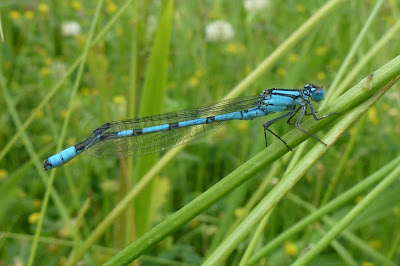 There are only a couple of days to go until our nine-day programme of events, which will commence this Saturday with our ‘Mammoth’ opening weekend. Preparations for each event are underway, and throughout the trust we are getting excited for what Cley Calling has in store. Not only are we celebrating our 90th anniversary, we are also celebrating the local wildlife and landscapes of North Norfolk. There will be writers, bird watching, Darwinian theatre, talented musicians, good food, wildlife & history trails and more.
There are only a couple of days to go until our nine-day programme of events, which will commence this Saturday with our ‘Mammoth’ opening weekend. Preparations for each event are underway, and throughout the trust we are getting excited for what Cley Calling has in store. Not only are we celebrating our 90th anniversary, we are also celebrating the local wildlife and landscapes of North Norfolk. There will be writers, bird watching, Darwinian theatre, talented musicians, good food, wildlife & history trails and more.Head of People and Wildlife, David North says: ‘I am very excited by the sheer diversity of events and quality of speakers during Cley Calling. I am looking forward to the local community – as well as those coming from further afield – experiencing nature on the reserve, and the Simon Aspinall Wildlife Education Centre.’
David is also greatly anticipating having the life size model of West Runton steppe mammoth at the NWT Cley Visitor Centre, which he says ‘will be particularly thrilling’. David is also coming to Ben Garrod’s events on Sunday – a round the table look at bones at 1.30pm, and a talk at 3pm – who is going to be illuminating the ancient history of the Norfolk coast. David says that his only regret is that he cannot make all of the events.
Indeed, with such an array of events, there is something for everyone to enjoy during Cley Calling. We have some wonderful family activities planned, with interactive theatre and workshops such as ‘How to Feed a Dinosaur’ and ‘A Mammoth Adventure’ on Saturday 2 July, with a barbecue from 12-4. Other family activities include ‘Flying the Nest’ and Marine Madness with Watch on Saturday 9 July and ‘Leaping Frog’ on Sunday 10 July.
 We have sold out talks from BBC presenters Simon King of Big Cat Diaries and ‘Life’, as well as Nicholas Crane of ‘Coast’, which will be preceded by a talk on NWT’s 90th anniversary by naturalist, Nick Acheson. For any enthusiastic birders or lovers of nature writing, Mike Dilger of ‘The One Show’ will be with us to discuss his new book ‘Nightingales of November’ on Friday 8 July at 2.30pm.
We have sold out talks from BBC presenters Simon King of Big Cat Diaries and ‘Life’, as well as Nicholas Crane of ‘Coast’, which will be preceded by a talk on NWT’s 90th anniversary by naturalist, Nick Acheson. For any enthusiastic birders or lovers of nature writing, Mike Dilger of ‘The One Show’ will be with us to discuss his new book ‘Nightingales of November’ on Friday 8 July at 2.30pm. We have the talented Chris Wood playing a gig at 7.30pm against the backdrop of the beautiful Cley Marshes on 8 July. It promises to be a memorable evening. If folk isn’t your thing, we also have performances from Big Sky Choir on Saturday 9 July, and to conclude Cley Calling, the North Norfolk Sinfonia will be playing classical favourites inspired by birdlife on Sunday 10 July at 7pm.
Full event details can be found at www.cleycalling.com, and tickets are available online at www.wegottickets.com/cley, or over the phone on 01263 740008. We hope to see you there.














